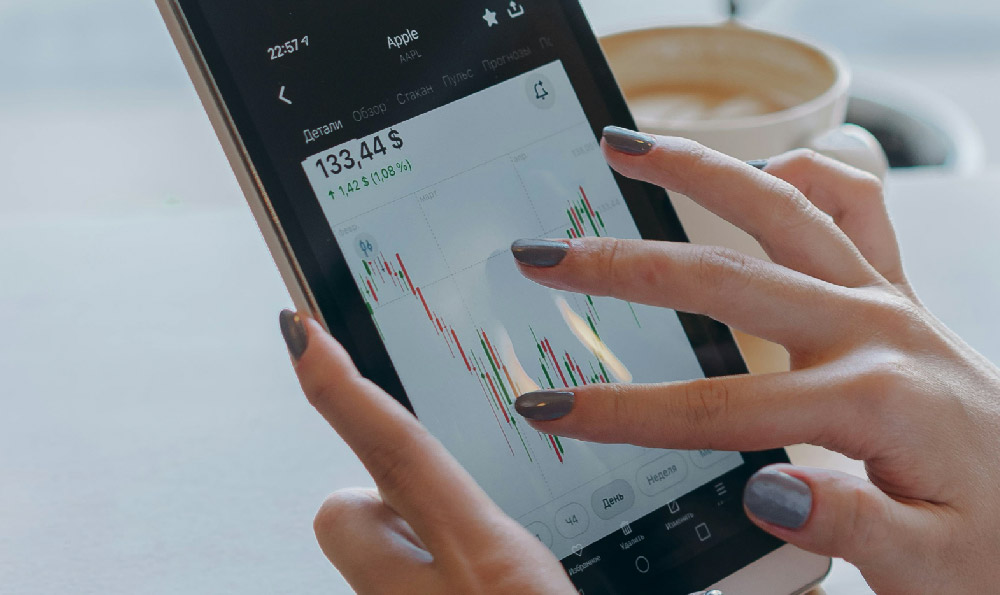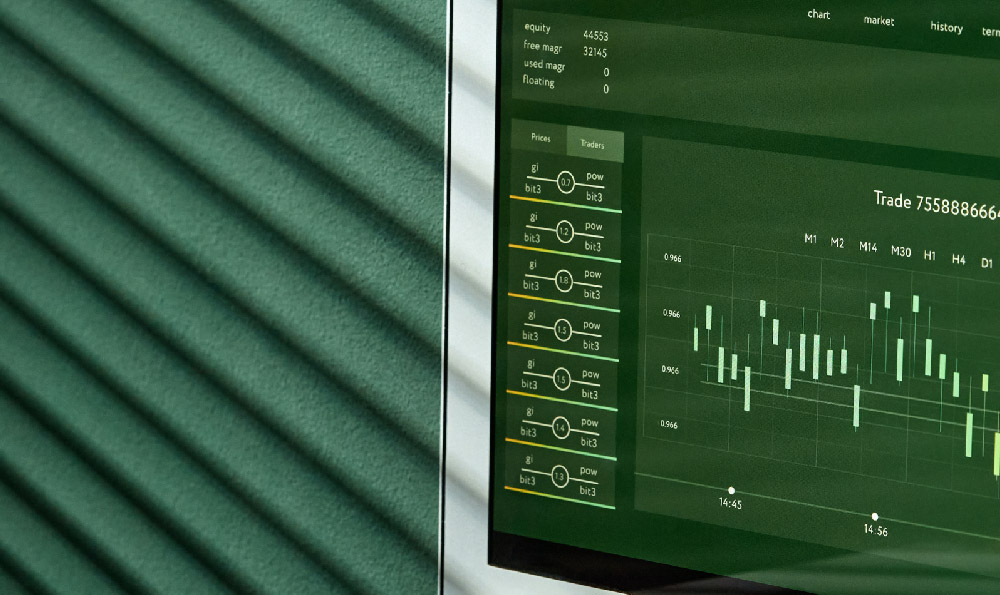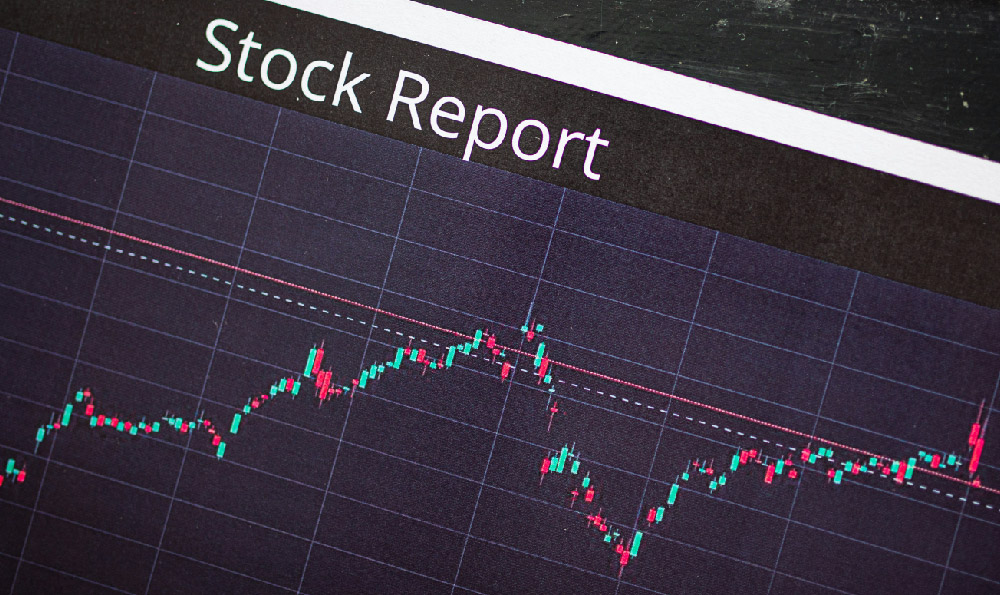Investing in gold has long been seen as a safe-haven asset, particularly during times of economic uncertainty or market volatility. Traditionally, investors might purchase physical gold – bars, coins, or jewelry. However, a more accessible and often more efficient route to gaining exposure to gold is through the stock market. This approach involves investing in companies directly or indirectly involved in the gold industry. But how does one effectively navigate this landscape, and why would you choose to do so?
One primary method is investing in gold mining companies. These are businesses that explore, develop, and operate gold mines. Investing in these companies offers leverage to the price of gold. If the price of gold rises, the profits of these companies can increase significantly, leading to a potentially greater return on your investment than simply holding physical gold. Examples of publicly traded gold mining companies include Newmont Corporation, Barrick Gold, and AngloGold Ashanti. When evaluating these companies, several factors are paramount. Consider their geographic diversification – are their operations concentrated in one politically unstable region, or are they spread across multiple, safer countries? Analyze their cost of production, often referred to as “all-in sustaining costs.” Lower costs mean greater profitability when gold prices fluctuate. Scrutinize their debt levels; a company with high debt is more vulnerable to downturns in the gold market. And finally, assess their reserves and resources – how much gold do they estimate they can extract in the future? A strong reserve base indicates longevity and potential for future growth.
Another avenue for gaining exposure to gold through the stock market is via gold royalty and streaming companies. Unlike mining companies that directly extract gold, royalty and streaming companies provide upfront financing to mining companies in exchange for a percentage of the future gold production or revenue. This business model can be less risky than investing in miners, as these companies are not directly exposed to the operational challenges of mining, such as cost overruns, labor disputes, or environmental issues. Franco-Nevada, Wheaton Precious Metals, and Royal Gold are prominent examples of royalty and streaming companies. Their advantages lie in their diversified portfolios of royalties and streams, which can provide a more stable and predictable revenue stream than investing in a single mining company. However, it's still important to understand the nature of the royalties and streams they hold, the quality of the mining assets involved, and the financial health of the mining companies they partner with.

A third, and perhaps the most straightforward, approach is investing in Gold Exchange Traded Funds (ETFs). These ETFs are designed to track the price of gold, providing investors with direct exposure to the precious metal without the complexities of owning physical gold or analyzing individual mining companies. Some gold ETFs hold physical gold bullion in vaults, while others invest in gold futures contracts. The SPDR Gold Trust (GLD) and the iShares Gold Trust (IAU) are two of the most popular gold ETFs. These ETFs offer liquidity and transparency, making them a convenient option for investors looking to quickly add or reduce their gold exposure. However, be aware of the expense ratios associated with these ETFs, which can slightly erode your returns over time. Also, understand the underlying structure of the ETF – whether it holds physical gold or futures contracts – as this can impact its tracking performance.
Why choose this route over physical gold? Several reasons stand out. First, liquidity. Shares of mining companies, royalty companies, and gold ETFs can be bought and sold quickly and easily on the stock market, whereas selling physical gold can be more cumbersome and time-consuming. Second, storage and security. Owning physical gold requires secure storage, which can involve costs like safe deposit box fees or insurance. Investing in gold through the stock market eliminates these concerns. Third, divisibility. You can invest any amount you choose in gold through the stock market, whereas buying physical gold often involves purchasing minimum quantities. Fourth, potential for capital appreciation beyond the price of gold. As mentioned earlier, mining companies and royalty companies can outperform the price of gold due to factors such as operational improvements, discoveries of new deposits, or acquisitions.
However, it's essential to acknowledge the risks involved. Investing in gold mining companies and royalty companies carries inherent risks related to the specific companies, such as mismanagement, geological challenges, political instability in operating regions, and fluctuating production costs. Even gold ETFs are not without risk, as their performance can be affected by factors such as tracking errors, expense ratios, and the activities of other market participants. The price of gold itself is also subject to volatility, driven by macroeconomic factors, investor sentiment, and currency fluctuations.
Therefore, diversification is key. Don't put all your eggs in one basket. Consider allocating only a portion of your portfolio to gold-related investments, and diversify across different types of gold companies and ETFs. Conduct thorough due diligence before investing in any individual company, carefully analyzing its financial statements, management team, and competitive landscape. Stay informed about market trends and macroeconomic developments that could impact the price of gold. Finally, consult with a qualified financial advisor to determine if investing in gold through the stock market is appropriate for your individual investment goals and risk tolerance. Investing in gold via the stock market can be a strategic move, but it requires a well-informed and disciplined approach.












